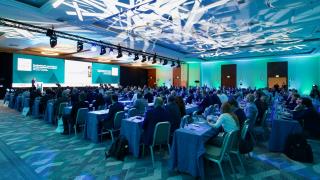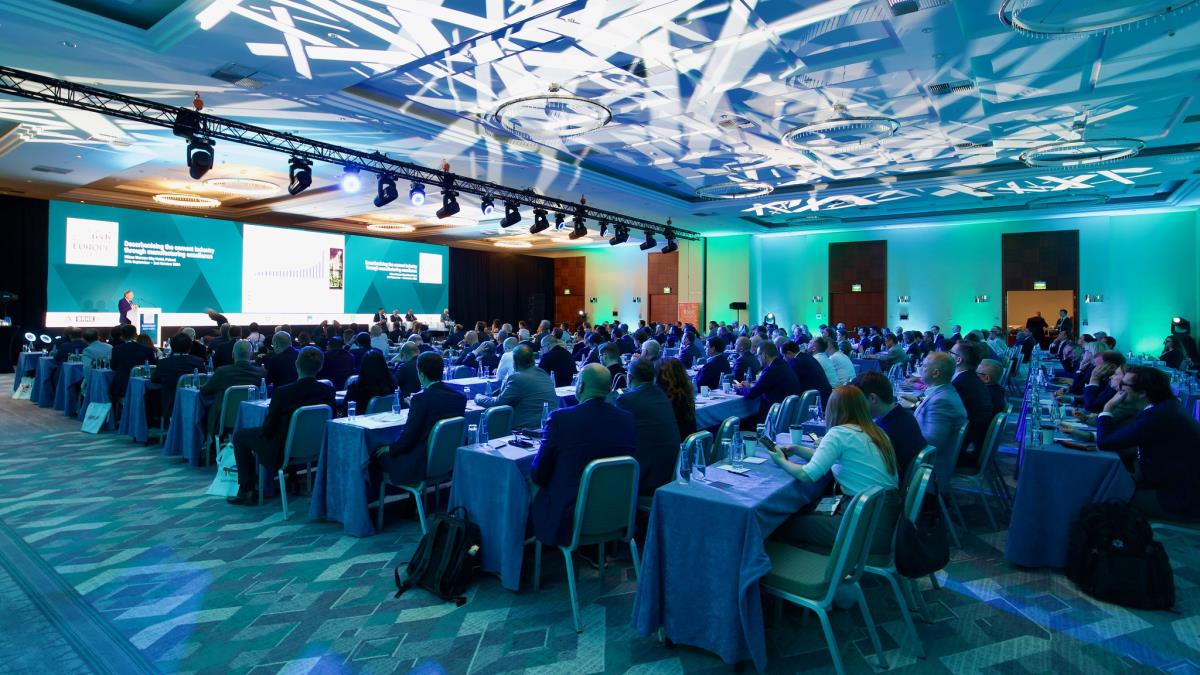
Cemtech Europe explores CCS
Cemtech Europe 2024 saw over 300 cement industry professionals come together at the Hilton City H...

Cemtech Europe 2024 saw over 300 cement industry professionals come together at the Hilton City Hotel in Warsaw, Poland, on 29 September-2 October 2024. Technology solutions for decarbonisation were explored alongside urgent discussion around the current state of carbon capture storage (CCS) in Europe, and how enabling transport and storage is the critical factor now for successful CCS deployment.

GBP£220 / USD$315 / EUR€260 annually
Our editors pick the top news delivered to your inbox. Sign-up today!